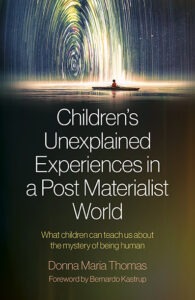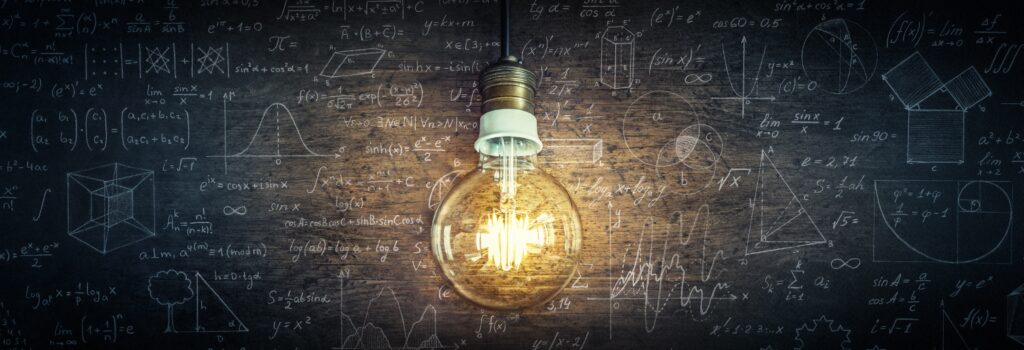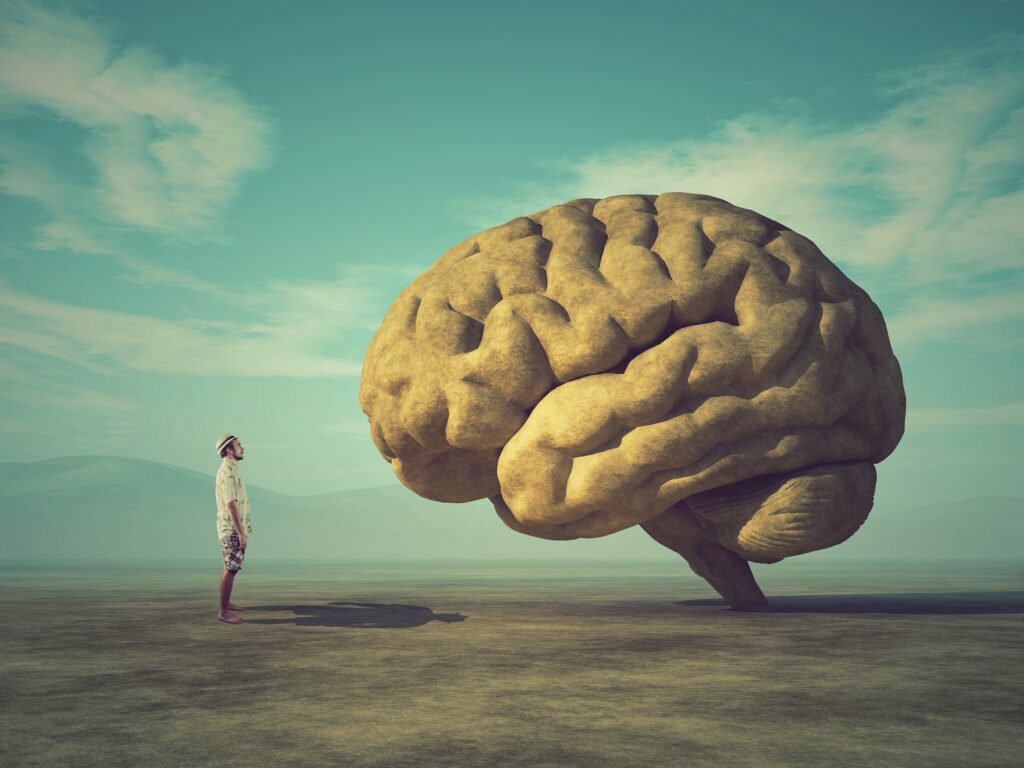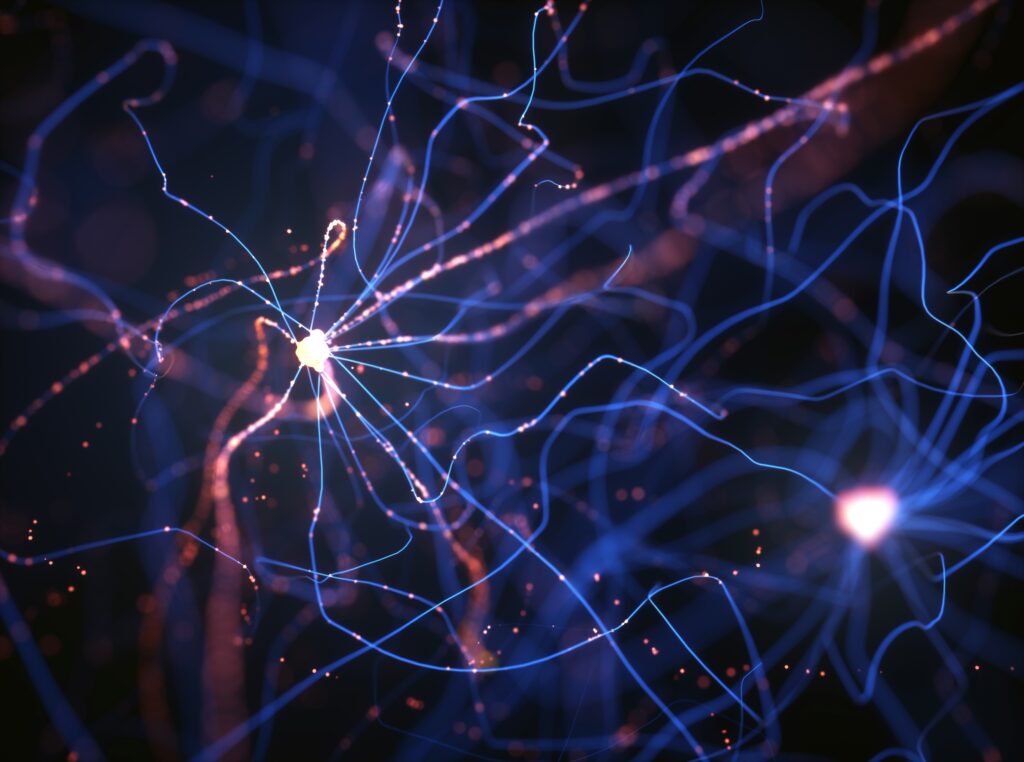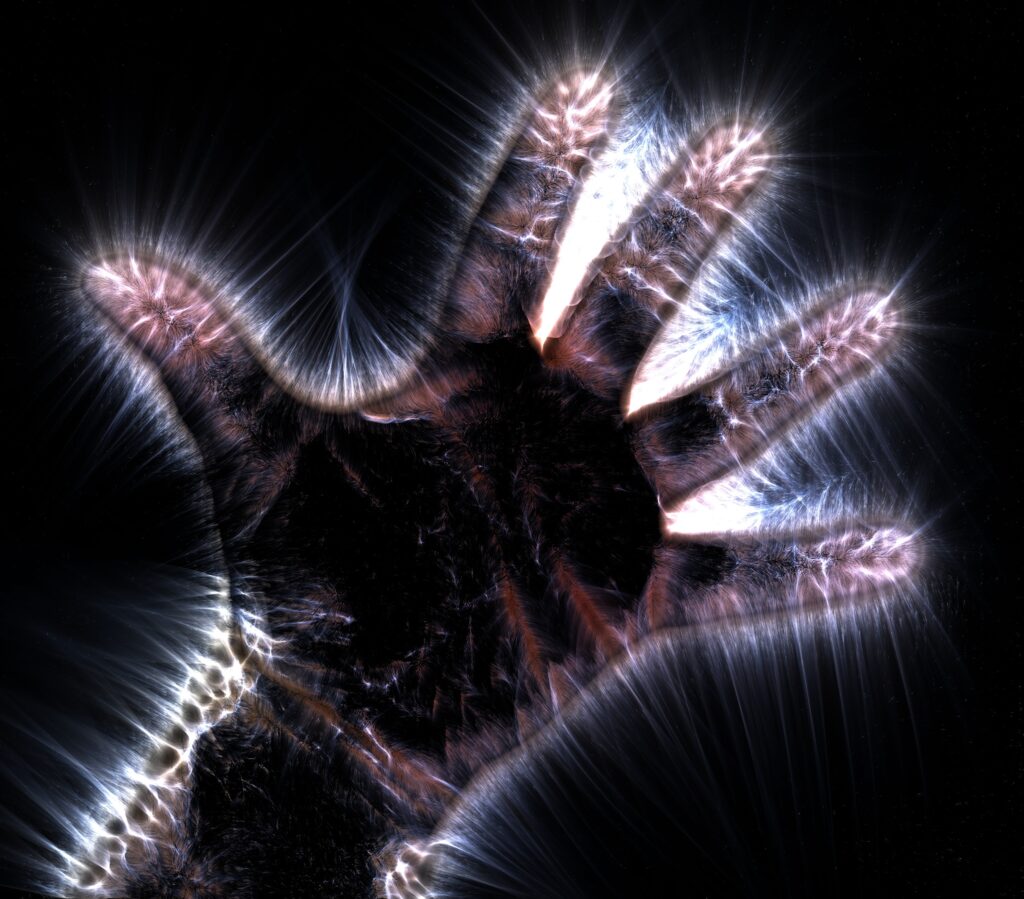The mystery of death
Reading | Metaphysics
![]() Natalia Vorontsova, MA | 2024-11-03
Natalia Vorontsova, MA | 2024-11-03

Natalia Vorontsova explores the mystery of death and its relationship with non-ordinary states of consciousness, such as tukdam and NDEs, including those reported by young children.
Scientists and doctors entered the room of a meditating monk in a Buddhist temple. As they conducted tests and recorded the monk’s physiological data, they noticed a pleasant odor and a strong sense of well-being enveloping them. The situation itself looked nothing unusual, just a person resting in a lying position, except that the monk had no blood circulation, no heartbeat, and a flat EEG for several days. This state of preservation lasted for 30 days, with no changes in the physical condition of the body as would be expected after death. The end of this state was marked by the rapid onset of signs of physical decay. Often the process is so accelerated that fellow monks have little time to perform an after-death ceremony [1].
This is known in the Tibetan Buddhist tradition as “tukdam”—a meditative state attained at the time of death in which the practitioner gains ultimate realization of the fundamental nature of the mind and exhibits a delay in the normal timeline of typical after-death processes [2]. In known recorded cases, tukdam has lasted between 2 and 30 days [1]. According to Buddhist tradition, it is a meditation on ‘the clear light’ that allows the mind to gradually unfold and eventually dissolve into a state of universal consciousness no longer correlated with to the body. Only then is the body free to die [3]. It is said to be a process that every human being experiences at least once in their life, at the time of death [5].
Are we always in infinite consciousness or mind-at-large, having a localized human experience, striving to know itself [4]? Or are we just finite bio-robots whose biochemical and bioelectrical brain processes produce a local epiphenomenon called consciousness? If we knew what happens to us after we die, the answer to this fundamental question would be self-evident. Obviously, monks in the tukdam state do not come back to life to tell the tale, and it must be said that ‘the clear light’ meditation does not often result in tukdam. However, Tibetan monks practicing 8-stage Tantric mediation who reach the final 8th stage of ‘clear light’ describe each stage to researchers in great detail, including the process of dissolving into the larger field of consciousness itself [5]. Can mainstream science dismiss these experiences of consciousness as hallucinations, defined medically as delirium? Undoubtedly, especially since brain activity is registered in meditative states. However, near-death experiences (NDEs) show that many people have effectively died and returned to share their richest, most profound, and most transformative experiences from the time when they had no brain activity at all. Can they also be considered hallucinations? Medical professionals, such as cardiologist Dr. Pim van Lommel, who have studied NDE cases extensively, stress that hallucinations cannot occur in a brain that shows no measurable activity [6].
Cases of out-of-body experiences during NDEs, where clinically dead people can see and hear things happening around them, also do not support the hallucination hypothesis. The idea of misfiring neurons and the odd release of neurochemicals due to extreme oxygen deprivation doesn’t hold water either. Let’s look at one of the cases from Dr. van Lommel’s practice. A man was brought to the emergency room in a state of clinical death, and a nurse had to intubate him. This meant removing the dental prosthesis and putting it on the nearest crash cart. The man was successfully resuscitated, and when he regained consciousness a week later, he recognized the nurse, asked for his dentures, and described exactly where the nurse had placed them in the emergency room. This particular patient was brought to the emergency department in a coma and then admitted to the cardiac intensive care unit while still in a coma. He couldn’t possibly have seen the nurse, or where his dentures were placed, let alone hallucinated everything so precisely. There are also remarkable cases of blind people who, during NDEs, were able to ‘see’ or rather perceive their surroundings, including colors they had never seen before, and were able to describe everything in detail after regaining consciousness [6] [Editor’s note: our Director, philosopher Bernardo Kastrup, has once speculated on how this could be possible]. This can hardly be explained by spurious neuroelectrical activity and the release of neurochemicals in the dying brain.
One researcher of NDEs in young children, Dr. Donna Thomas, points out an uncanny resemblance to NDEs in adults. This research is particularly valuable because although children describe the same experiences as adults, they have no prior knowledge of these phenomena; it’s not yet part of their mental landscape. Their minds are not conditioned by knowledge or concepts, and they often struggle to find the right vocabulary to name these experiences or put them into words. In such cases, art is needed to let children draw what they have seen and experienced during NDEs. Even physiological and psychological changes in children after an NDE—such as enhanced creativity, unusual sensitivity, electrical sensitivity, and synesthesia—are also reported by adult NDErs [7].
Can science find a plausible explanation for these phenomena within the materialist paradigm? Researchers who adhere to the materialist metaphysical view of reality and who have studied these phenomena have concluded that we must accept that science cannot explain everything. That is disappointing but hardly surprising. For, if the underlying assumption is that matter is primary, fundamental, and it produces consciousness, then veridical NDEs and other non-ordinary states of consciousness indeed cannot be accounted for. It should however be noted that, from the point of view of physics, what we call ‘matter’ is actually much closer to an information structure than to ‘things’ as we—being another information structure—experience them [9]. And if consciousness, including all our subjective experiences or qualia, is generated by our brain activity and is therefore secondary, then for both tukdam and NDEs, matter seems to obey some alternative and as-yet-unknown laws of nature. Thus, in the tukdam state, the body does not exhibit the well-researched and established stages of decay after death. In the case of NDEs—despite the state of clinical death and the complete lack of brain activity—people give real, coherent, and verifiable accounts of perceptions that occur while bypassing their normal physical senses.
What if, metaphysically speaking, the tables were turned? What if consciousness or mind-at-large is the primary and fundamental basis of reality, which most children experience during their NDEs as “loving nothingness or living darkness” [7]? And matter, as a form of dissociation, is secondary, much like the waves that are separate from the ocean, with their distinct shapes, sizes, and dynamics of existence, yet remain part of the ocean [8]? We may then apply Dr. Federico Faggin’s new theory of quantum information-based idealism, according to which consciousness is the ability of a quantum system that is in a pure quantum state to experience its own state in the form of qualia, living matter is partly a quantum and partly a classical system, and inanimate matter consists purely of classical states [4, 9]. Then it seems that rigorous meditation practices allow practitioners to tap directly into the field of consciousness or mind-at-large—a quantum reality with all those crazy properties. Similarly, when brain activity temporarily ceases during NDEs, a much larger part of what exists in consciousness becomes accessible.
Perhaps in the future, post-materialist science will be able to study and explain phenomena such as tukdam states and NDEs. At present, scientists cannot measure what happens in the last 4 stages of the 8-stage Tantric meditation. They have to rely on the detailed accounts of the monks [10]. So, for now at least, death remains the biggest elephant in the room.
References
- Svyatoslav Medvedev: Neurophysiology of meditation, consciousness, postmortem experience | Noosphere Podcast. https://www.youtube.com/watch?v=YYf9Ze8Uc3U
- https://centerhealthyminds.org/science/studies/the-field-study-of-long-term-meditation-practitioners
- https://bigthink.com/health/thukdam-study/
- Faggin, Federico. Irreducible: Consciousness, Life, Computers, and Human Nature. Essentia books, John Hunt Publishing 2024.
- Alexander Kaplan: Psychophysiology of meditation, brain, tukdam state | Noosphere Podcast. https://www.youtube.com/watch?v=aQU1ylh1qOY
- Consciousness Beyond Death, interview with Dr. Pim van Lommel. https://www.youtube.com/watch?v=NVsBFOB7H44
- Thomas, Donna Maria. Children’s Unexplained Experiences in a Post Materialist World: What children can teach us about the mystery of being human. Essentia books, John Hunt Publishing 2023.
- Kastrup, Bernardo. Analytic Idealism in a Nutshell: A straightforward summary of the 21st century’s only plausible metaphysics. iff Books 2024.
- Interview with idealist physicist and inventor of the microprocessor, Federico Faggin. https://www.youtube.com/watch?v=SVS3-NDUC0M&t=80s
- Scientific debate: the brain and meditation. Alexander Kaplan. https://www.youtube.com/watch?v=-nRfFepS8yo&t=443s
- Groundbreaking Consciousness Theory By CPU Inventor | Federico Faggin & Bernardo Kastrup. https://www.youtube.com/watch?v=ssE4h70qKWk&t=45s

Essentia Foundation communicates, in an accessible but rigorous manner, the latest results in science and philosophy that point to the mental nature of reality. We are committed to strict, academic-level curation of the material we publish.
Recently published
Reading
Essays
Seeing
Videos
Let us build the future of our culture together
Essentia Foundation is a registered non-profit committed to making its content as accessible as possible. Therefore, we depend on contributions from people like you to continue to do our work. There are many ways to contribute.






